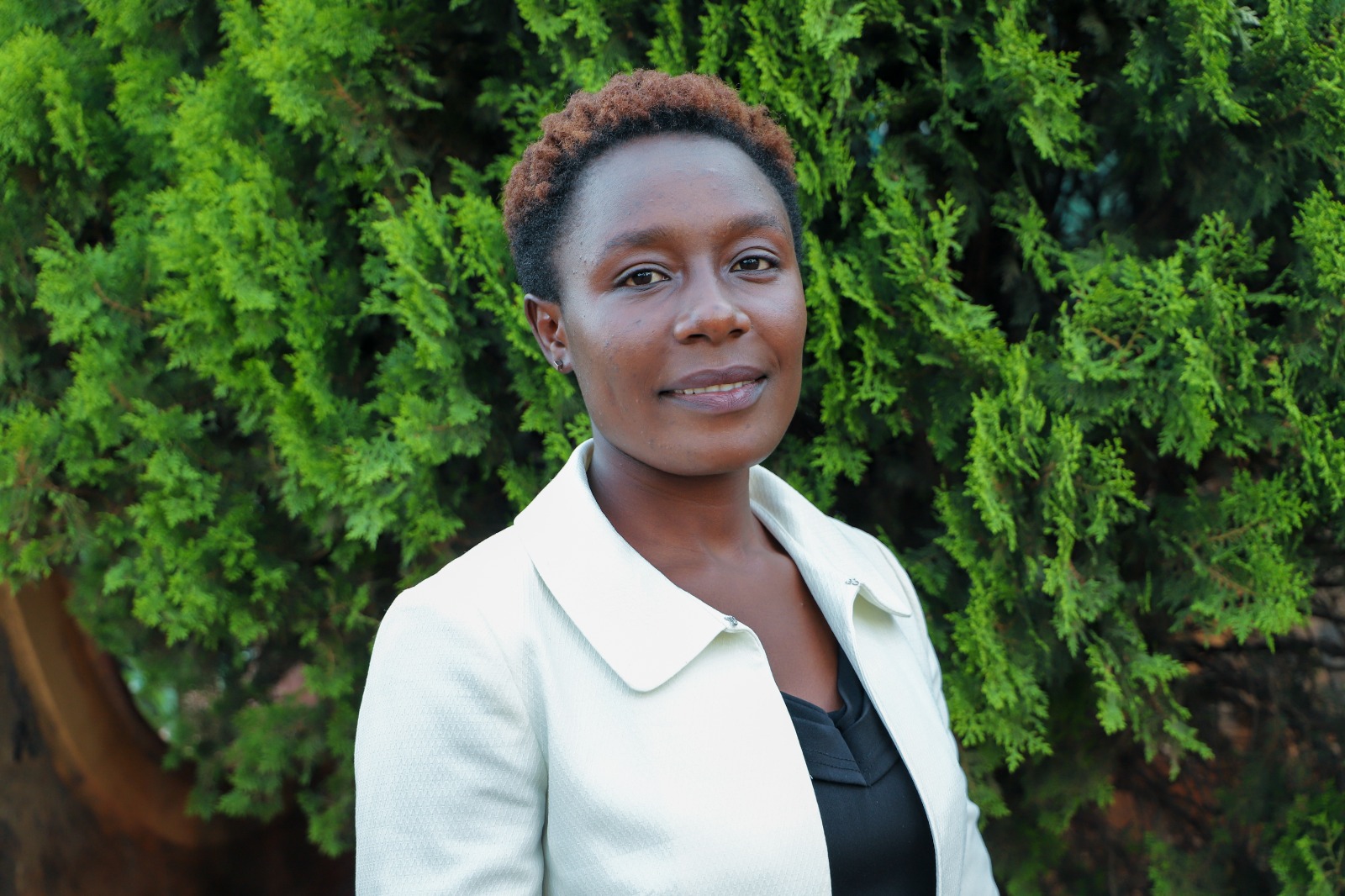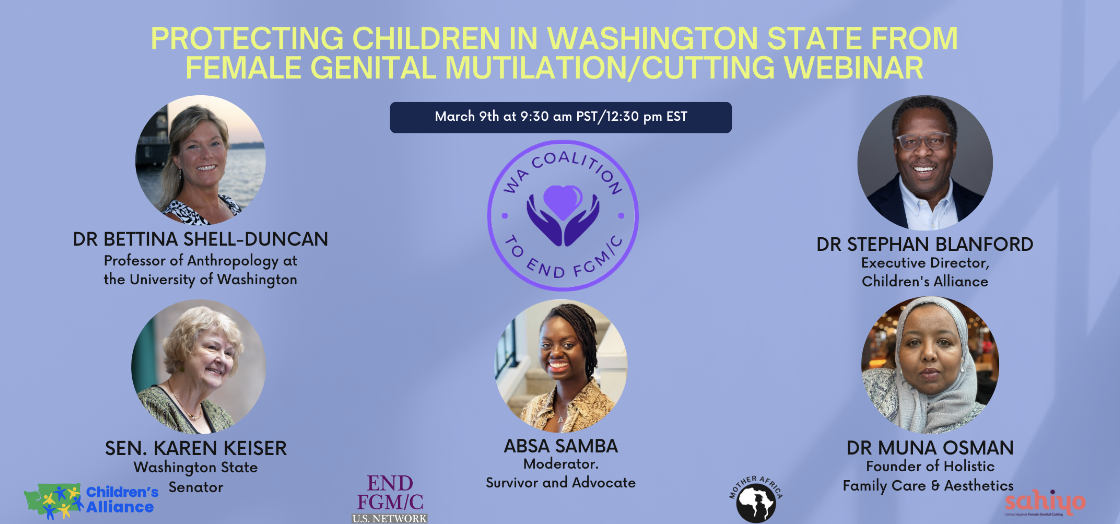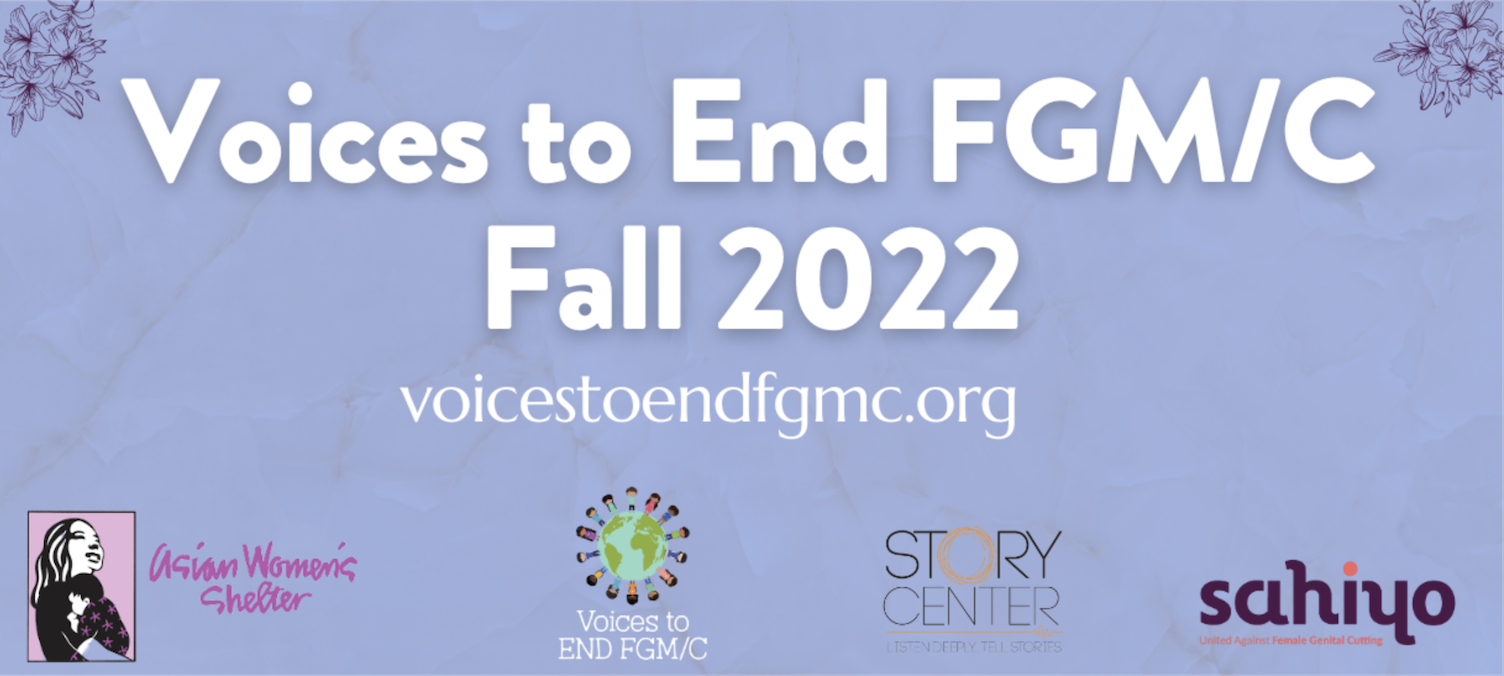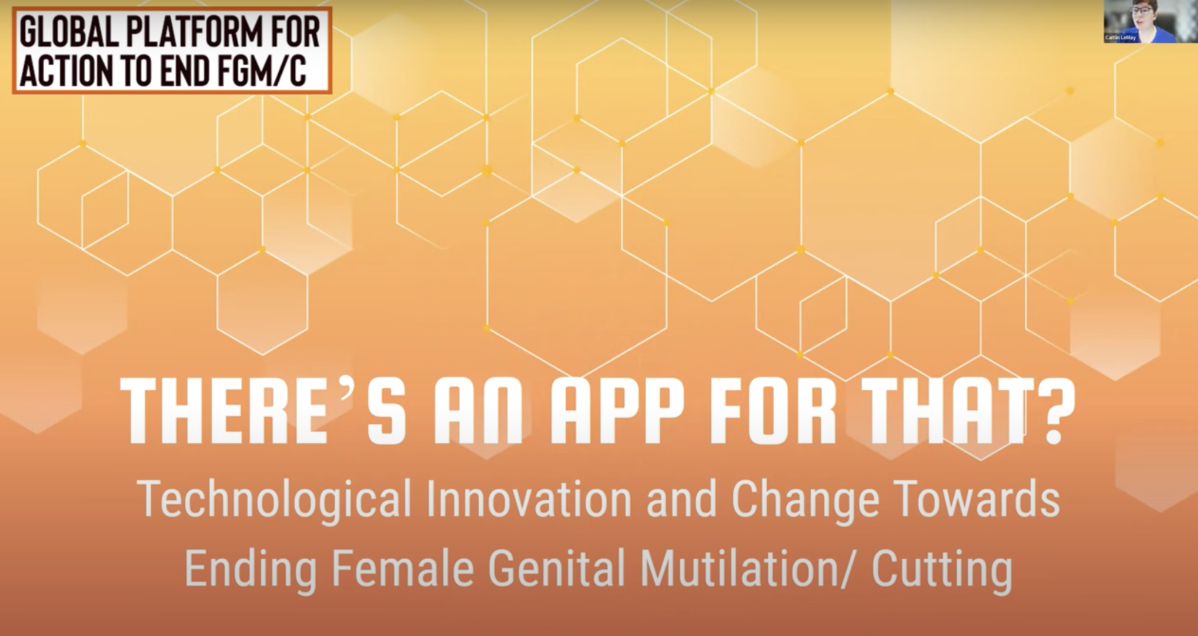Cecilia Mwakenya is a journalist, and a recent graduate from Rural Aid Kenya, where she pursued a diploma in communications (broadcast option). Previously, she worked as a social media volunteer at Tunza Dada, as well as a news reporter at Hekima FM and the Kenya Broadcasting Corporation (KBC). Cecilia is passionate about women and girl's empowerment and has been telling human interest stories on human rights and education. She is excited to work with Sahiyo to help end female genital cutting among Asian and other communities.
What was your experience of learning about female genital cutting (FGC) for the first time like?
My first time encountering FGC was when I was thirteen years old. Growing up, I had no idea FGC existed, despite the fact that it was all around me. It was a surprising and terrifying experience because I learned about it from someone who went through the cut. I felt so bad and it left me with a strong desire to learn more about FGC, which is where my need to fight against FGC began.
When and how did you first get involved with Sahiyo?
I’ve known about Sahiyo since I was in school, when I was doing research for a project about FGC. In January 2023, I applied for the role of Editorial Intern. I was delighted to see an organization that shares the same values and interests looking for someone to support their work. I have a background in communications journalism, where I enjoy telling human interest stories as well as empowering women and girls to be better members in society.
What does your work with Sahiyo involve?
I work on writing blog posts, assisting with editing , transcribing interviews for research and the blog, and fact-checking when needed.
How has your involvement with Sahiyo impacted your life?
Joining Sahiyo has been amazing. I feel so passionate about the work and the organization. Working with a team of supportive, strong, and hardworking women makes me feel so confident that I am in the right place with the right people. Since the day I joined Sahiyo, it has challenged me to grow career-wise and be confident.I feel really inspired, and I am proud of who I am becoming. I am so happy and lucky that I am working with Sahiyo, as it grows I also grow and learn.
What words of wisdom would you like to share with others who may be interested in supporting Sahiyo and the movement against FGC?
Sahiyo is the right place to be. It gives you hope and sees the best in you. If you have the skills and you are passionate about Sahiyo, joining will be valuable to you because you will leave feeling motivated and empowered.






